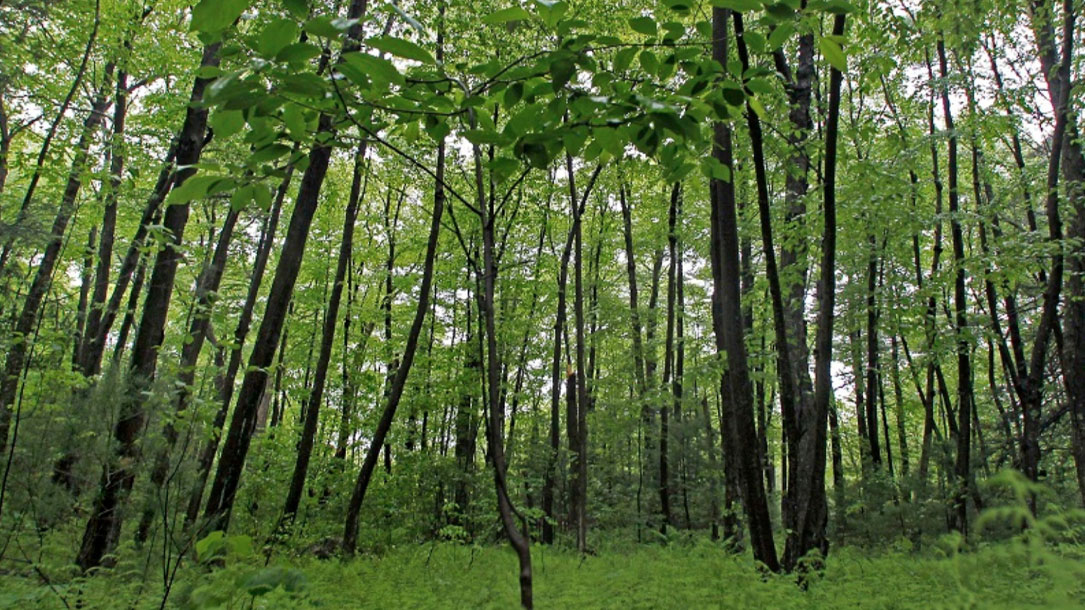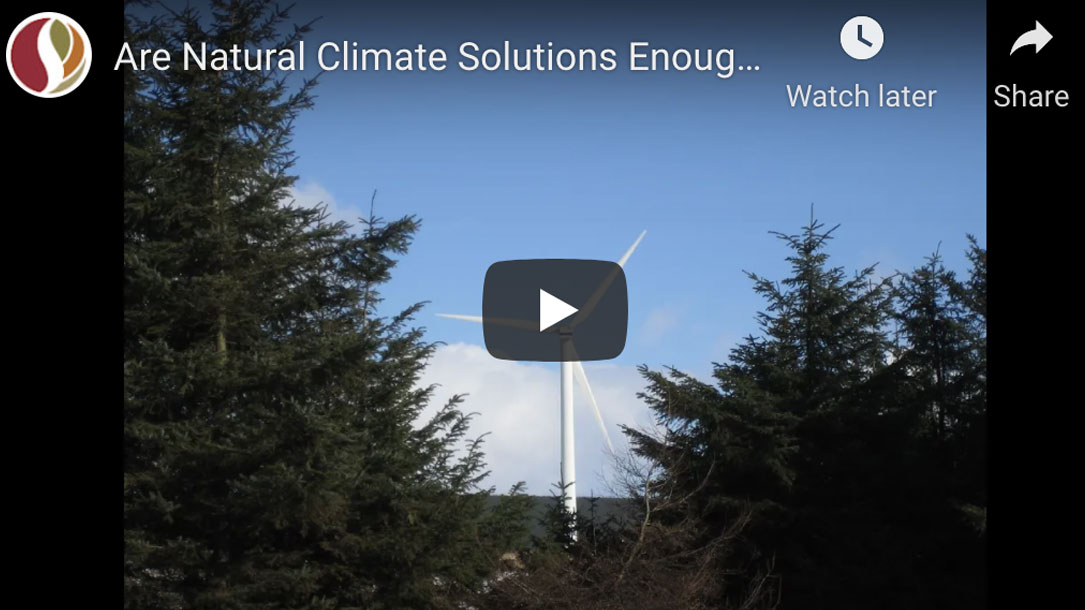
A climate mitigation opportunity in New England and New York
This study quantifies the climate mitigation that could be achieved by avoiding deforestation in seven states across the northeastern US. Forest losses to development, agriculture and other land uses release carbon to the atmosphere, contributing to greenhouse gas emissions and associated climate change.

New England forests can help slow climate change. A new report shows exactly how much
The report by researchers at Clark University, called “Avoided Deforestation: A Climate Mitigation Opportunity in New England and New York,” provides hard numbers for officials trying to hit their climate goals — for instance, Massachusetts’ ambitious plan to reach net-zero carbon emissions by 2050…

Five natural climate solutions to [help] mitigate climate change
“The United States and other countries can immediately expand investment and support for natural climate solutions that provide the triple benefit of reducing emissions, taking carbon out of the atmosphere, and increasing the resiliency of the natural world…”
Here is something you can share with people who care about this — and let them know what is happening in your region and how it works in partnership with the shift to renewables.

Rethinking forest carbon offsets
Background: What is a forest carbon offset?
The net increase each year in the amount of carbon stored in the world’s forests and forest products is a critically important sink, removing carbon dioxide from the atmosphere, and offsets a meaningful portion of the world’s annual greenhouse gas emissions…

Stanford researchers discuss imperative to combine natural and industrial approaches to global decarbonization
Protecting carbon sinks, such as forests and wetlands, is key to slowing climate change, but only part of the puzzle, Stanford researchers say. Reducing emissions is still essential for meeting global climate goals…

Pliocene warmth, polar amplification, and stepped pleistocene cooling recorded in NE Arctic Russia
“The geologic record makes it clear that global temperatures are intimately linked to changes in atmospheric greenhouse gas concentrations. Today’s CO2 levels are similar to Pliocene estimates (4.5 to 2.588 million years ago)…”

Constraints on global mean sea level during Pliocene warmth
“Reconstructing the evolution of sea level during past warmer epochs such as the Pliocene provides insight into the response of sea level and ice sheets to prolonged warming. Although estimates of the global mean sea level (GMSL) during this time do exist, they vary by several tens of metres, hindering the assessment of past and future ice-sheet stability.”

Six habitat improvements that are also climate solutions
When you think about who cares about slowing down climate change, don’t forget about hunters, anglers, and those who have a long-standing connection with the land.
There is no one silver bullet nor single set of actions that will turn the tides entirely — climate change can only be addressed with a comprehensive strategy that involves all of us and all the tools we have. Thankfully, this includes habitat conservation measures that are already supported by sportsmen and women.
Here are six habitat improvement strategies that provide this win-win proposition: better hunting and fishing opportunities and fewer climate-change-driven impacts to fish and wildlife….

Forget massive seawalls, coastal wetlands offer the best storm protection money can buy
Preserving and restoring coastal wetlands is a very cost-effective strategy for society, and can significantly increase well-being for humans and the rest of nature.
With the frequency and intensity of tropical cyclones and other extreme weather events projected to further increase, the value of coastal wetlands will increase in the future. This justifies investing much more in their conservation and restoration…

Trees should be planted without plastic guards, says UK study
Darren Moorcroft, chief executive of the Woodland Trust, said: “As one of the nation’s largest tree planters, by committing to go plastic-free in terms of the use of tree shelters, we are set to be the trailblazers in this field – catalysing a permanent change to the tree-planting world.”












